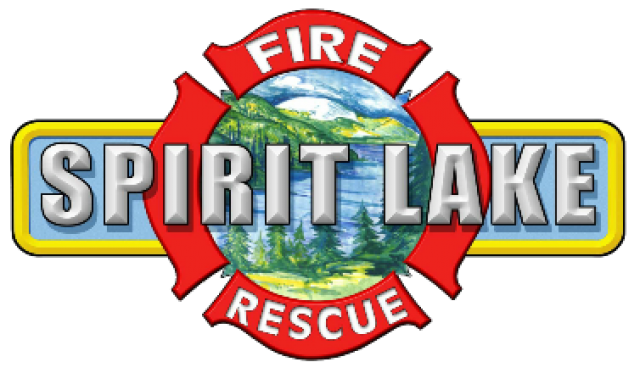
Safety Education
Preparing for Wildfires
Preparing for wildfires starts with readying your property and following Ready, Set, Go guidelines.
Ready - Take personal responsibility and prepare long before the threat of a wildland fire, so your home is ready in case of a fire. Create defensible space by clearing brush away from your home. Harden your home with fire-safe construction measures. Assemble emergency supplies and belongings in a safe place. Plan escape routes and make sure all those residing within the home know the plan of action.
Set - Pack your emergency items. Stay aware of the latest news and information on fires from local media, your local fire district, and public safety.
Go - Follow your personal wildland fire action plan. Doing so will not only support your safety, but will allow firefighters to best maneuver resources to combat the fire.
For more information on fire preparedness, please visit the Idaho Department of Lands Preparing for a Wildfire and Fire Prevention and Preparedness websites.
Just for Kids
You are never too young to learn to be fire safe.
Don’t play with anything that can cause a fire! Remember:
Don’t play with matches and lighters.
Don’t play with firecrackers.
Don’t use a candle without your parents in the room.
Don’t play with BBQ starters.
Don’t light anything on fire to see if it burns. It will and can get out of control in seconds.
Stop, Drop, and Roll
Do you know what to do if your clothes catch on fire?
Stop immediately.
Drop to the ground.
Roll over and over, back and forth, and cover your face and mouth.
Roll until all the flames are out. Practice Stop, Drop, and Roll so you won’t forget it in case of an emergency. You can practice with your family. Stop, Drop, and Roll is not just for children.
Crawl low under smoke and know your way out
Crawl low to get out of a smoke-filled room. The air toward the floor is easier to breathe.
You need to plan two ways out of each room before a fire occurs so you’ll know where you can safely exit.
Firefighters are your friends
During a fire, the house will become pitch black because of the smoke. The firefighters will look for you. Firefighters wear special equipment so they can help you. Remember no matter how scared you are: Do not hide from a firefighter. Firefighters are there to help you and lead you out of the fire to a safe place.
9-1-1 Tips for Kids
Know your emergency number: 9-1-1.
Know your location. The 9-1-1 dispatcher will ask you your location.
Listen carefully to the 9-1-1 dispatcher. He/she will ask you questions.
If you don’t understand a question, tell the person on the phone to explain the question to you.
Do not hang up the phone until the 9-1-1 dispatcher tells you.
If you have a fire, a fire engine will come to your location.
If you have a medical emergency, an ambulance will respond to your location.
Work Area Fire Safety
First line supervisors should conduct work site surveys of their area on a regular basis, at least quarterly. These surveys should include observations of work site safety and housekeeping issues and should specifically address:
Proper storage of chemicals and supplies
Monitoring of electrical equipment, extension cords
Availability and condition of fire safety equipment
Unobstructed access to fire extinguishers
Emergency evacuation routes
Also, they should ensure that an emergency evacuation plan is present in work areas and that personnel are familiar with the plan. Emergency egress should be kept clear and every exit clearly visible or the route to it conspicuously identified in such a manner that occupants of the building will readily know the direction of escape from any point. Main building exit and main pathways to exits are to be marked by illuminated exit signs. Each exit sign (other than internally illuminated signs) must be illuminated by a reliable light. All building or business safety equipment (extinguishers, fire hoses, exit signs, emergency lab equipment, etc.) need to be inspected at least annually and repaired or replaced if inoperative, damaged, or missing. At no time should an exit be blocked. Any doorway or passageway which is not an exit or access to an exit, but which may be mistaken for an exit, must be identified by a sign reading “Not an exit” or a sign indicating its actual use (i.e., “Storeroom”).
